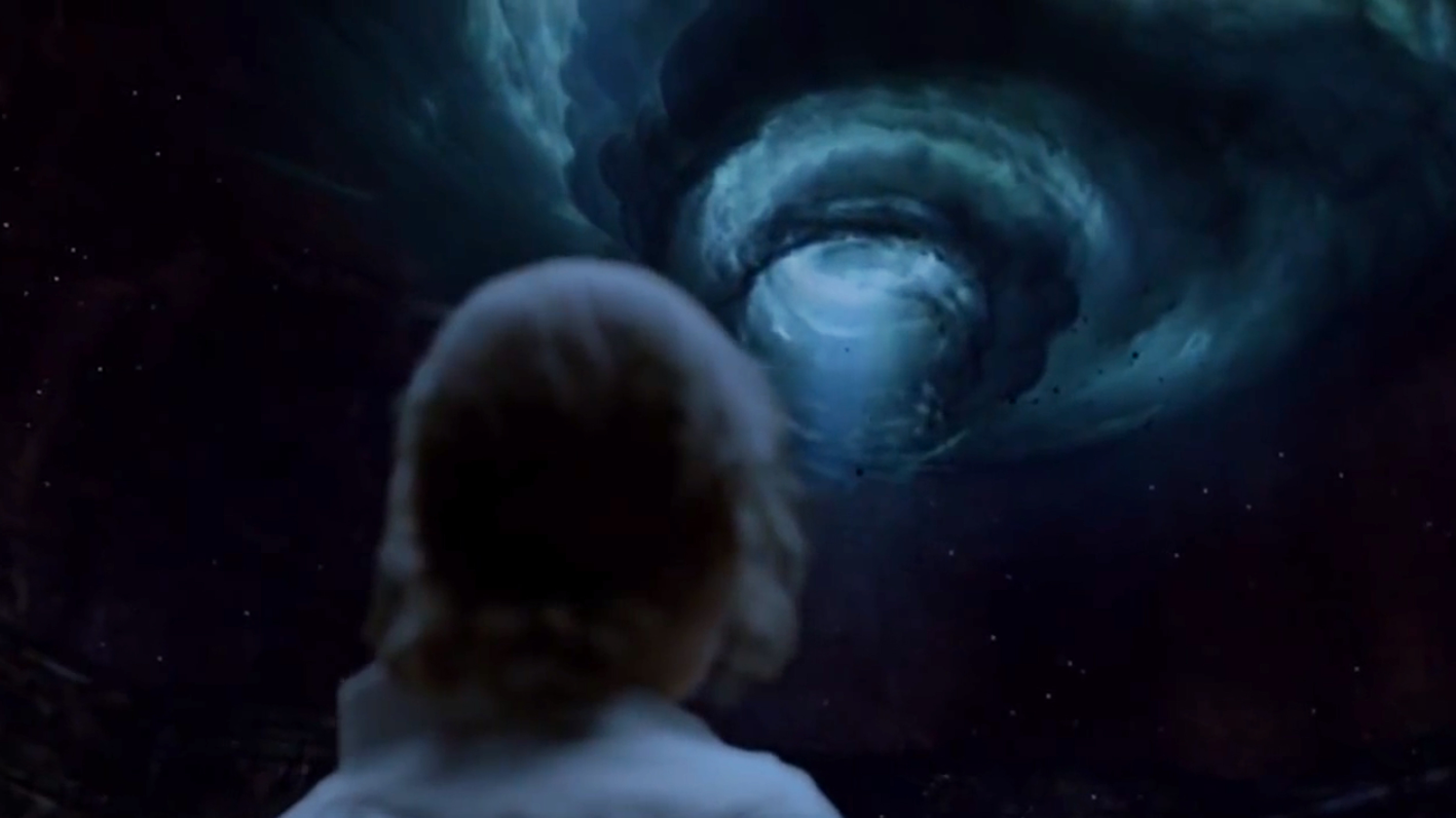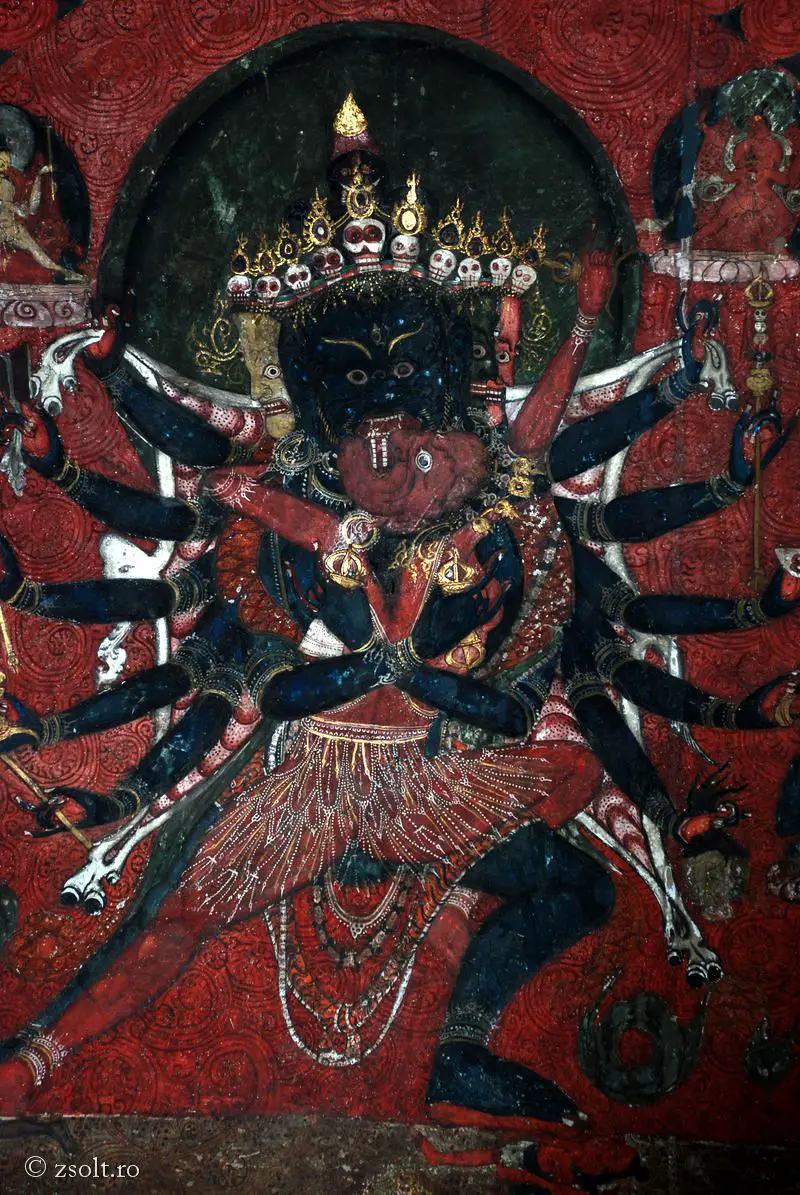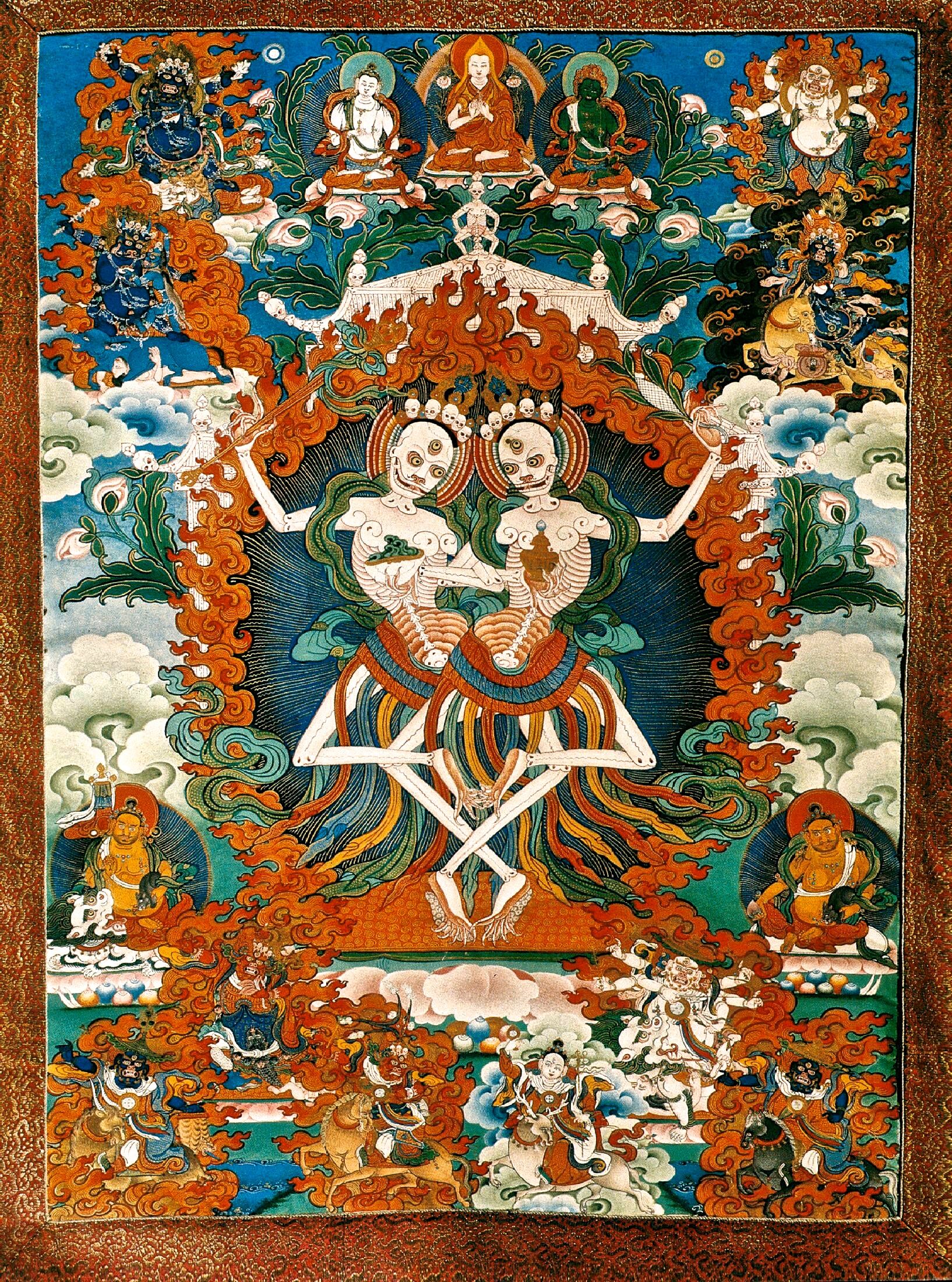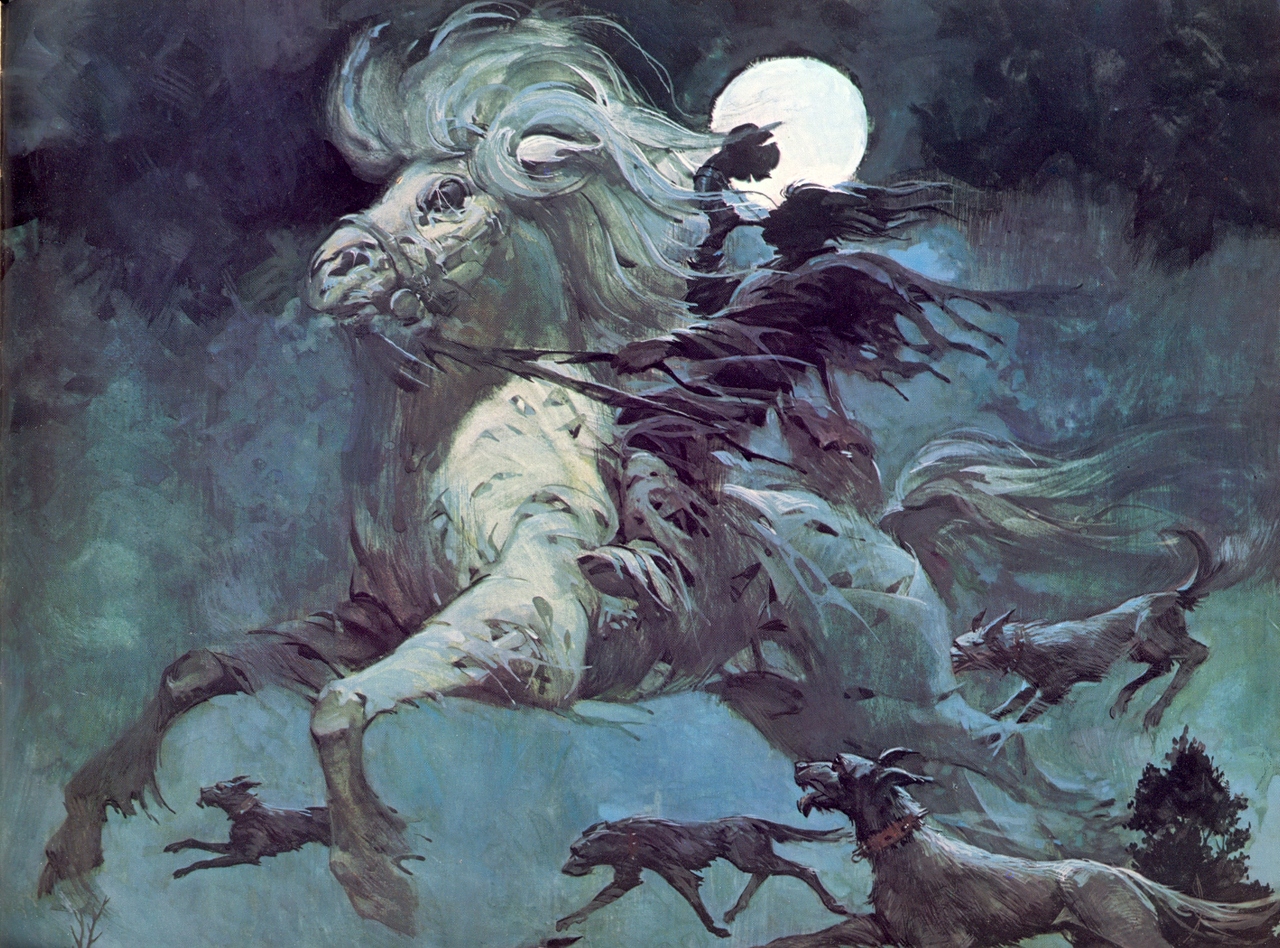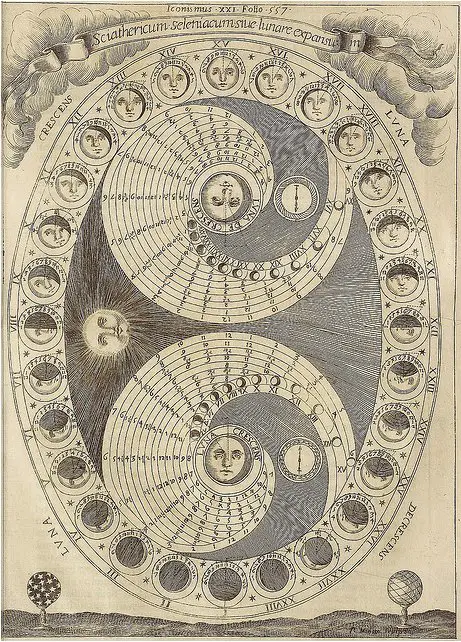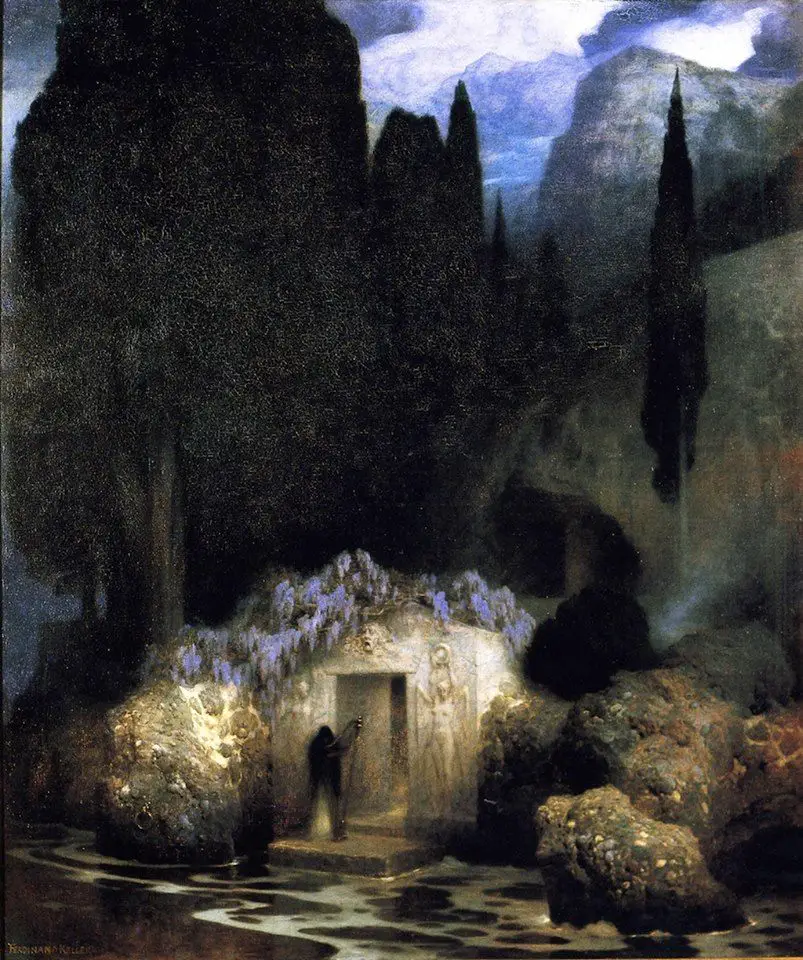Tag: Shiva
Shamanic aspects in the cult of Ganesha, the elephant-headed goddess
Starting from Airāvata and the mythology of the "blending of the Ocean of Milk" and then reaching Ganesha, Giuseppe Acerbi aims to identify some esoteric correspondences between the elephant-headed divinities of ancient India, Iran, Japan and the Americas.
Shiva Bharaiva, the holy city of Varanasi and the Axis Mundi
Analysis of the myths concerning the divine figure of Shiva Bharaiva, the Linga of fire, the holy city of Varanasi, the symbolism of the "great universal crematory ground" and initiatory death: sacred geography of death and liberation.
Shamanic elements in the religions of the Himalayan area and in the Indian sub-continent
An overview of rites and beliefs of shamanic origin in the Indo-Buddhist macro-area of Central Asia and sub-continental India
From Ganesha to Dionysus: dismemberment and (re) integration
From the myth of the beheading of Ganesha to that of Dionysus Zagreus quartered by the Titans, up to some brief mention of the Christian Savior: morphology of the initiatory path of the "Son of the Mother", from the "ritual dismemberment" to (re) integration in non-duality
The "Ghost Riders", the "Chasse-Galerie" and the myth of the Wild Hunt
(image: Henri Lievens, "Wild Hunt")
«Un old cowboy went out on horseback on a dreary windy day / rested on a ridge as he went for his road». Thus begins one of the most beautiful and famous country songs of all time: (Ghost) Riders in the Sky: A Cowboy Legend.
The double spiral and the double movement of emanation and reabsorption of the cosmos
di Marco Maculotti
cover: phases of the moon, taken from "Ars Magna Lucis et Umbrae" by Athanasius Kircher, 1646
In the first essay of this column on the theme of the symbolism of the spiral and the "cosmic rebirth" [cf. The symbolism of the Spiral: the Milky Way, the shell, the "rebirth"] we dwelt on the esoteric meanings of the spiral symbol and the closely related ones of the Milky Way and the shell. In this second appointment we aim to analyze the symbol of the double spiral from an even more 'cosmic' perspective, with regard to the traditions that convey this symbol to concepts concerning the creation (or rather, the emanation) of the cosmos and its reabsorption. We will begin our discourse by examining the Indian Brahmin tradition and comparing it with the Tantric śivaist one of Kashmir, and then analyzing the points of contact, from a religious syncretism point of view, with that — distant in terms of time and space — pre-Columbian of the Nahua-Aztec peoples.
Apollo / Kronos in exile: Ogygia, the Dragon, the "fall"
di Marco Maculotti
cover: Ferdinand Keller
Here we aim to bring to a conjunction some cycles of articles published so far in this first year of activity of AXIS world: the cycle concerning i Cosmic-agrarian cults of ancient Eurasia, the one focused on the question of Time and cosmic cycles and finally the series of lectures by M. Ruzzai on the Myth of the polar and hyperborean origin of humanity.
Cyclical time and linear time: Kronos / Shiva, the "Time that devours everything"
di Marco Maculotti
"It is essential to encounter the problem of time. From the perspective of the doctrine of the Cycles it concerns the dead perhaps more than the living. Time expands in all directions forming a circle, [since] it is cyclic."
- Carl Hentze"What is circular is eternal, and what is eternal is circular."
- Aristotle
The primordial and triple god: esoteric and iconographic correspondences in ancient traditions
di Marco Maculotti
In ancient traditions around the world we find reference to a god of origins, who came into existence before all else, creator of all that is manifest and equally of all that is unmanifest. The most disparate mythical traditions depict the primordial god as containing all the potentials and polarities of the universe, light and darkness, spirit and matter, and so on. For this reason, he is often represented with two faces (two-faced Janus) or even with three (Trimurti Hindu). However, more often than not he is considered invisible, hidden, difficult to represent except in an allegorical, esoteric form, which often refers to the union of the luminous and fiery principle, 'masculine', with the dark and aqueous, 'feminine' . In the traditions of the whole world, this primordial god is not honored with a cult of his own, since it is believed that he now lives too far from man and human affairs do not concern him: for this reason, this maximum deity is often spoken of as of a deus otiosus.

